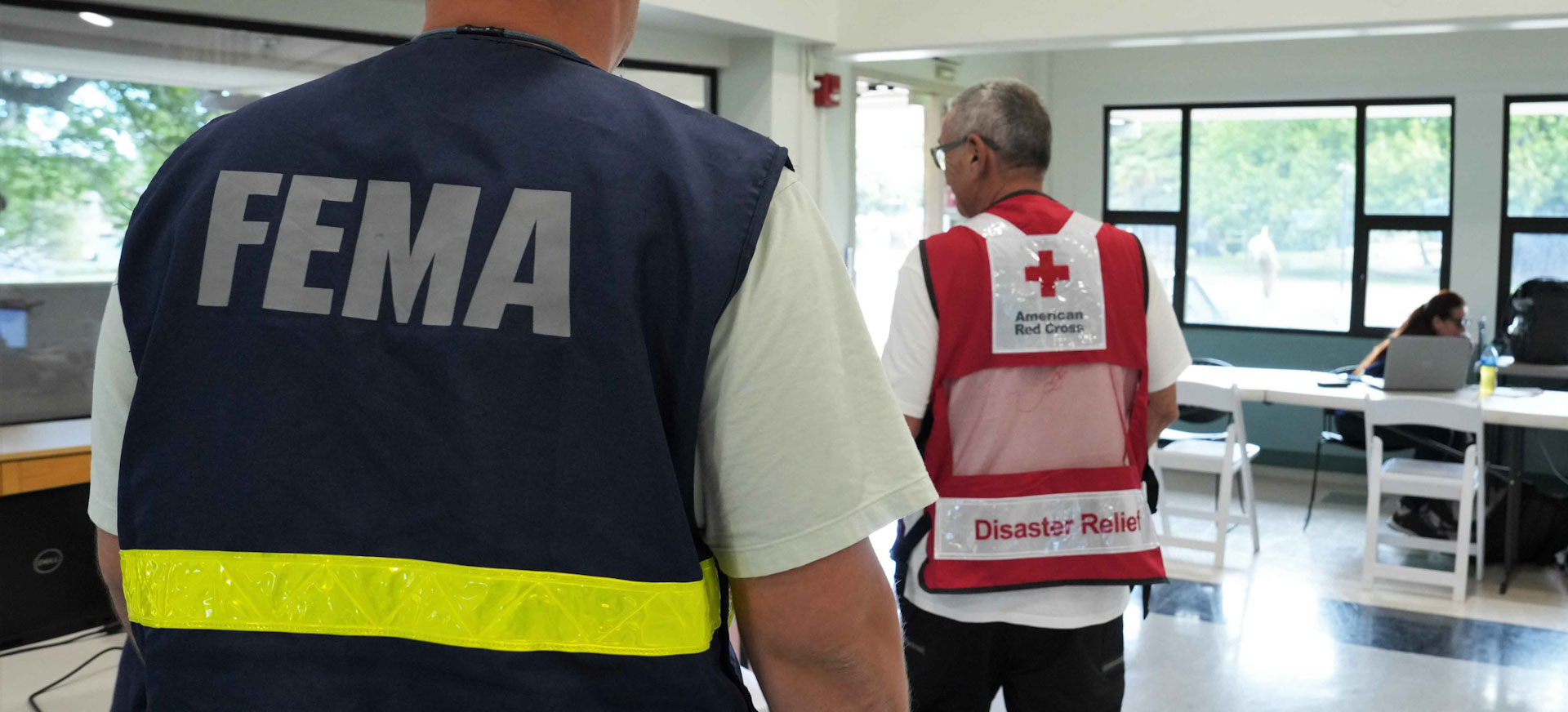
FEMA and American Red Cross partnered together to respond to the Maui Wildfires.
In times of crisis, the collaboration between the federal government and nongovernmental organizations is not just beneficial – it’s crucial. Partnerships, such as National Voluntary Agencies Active in Disaster, form a powerful alliance that significantly enhances disaster response efforts. From hurricanes to wildfires, this collaboration leverages the unique strengths of each sector, creating a whole community approach that isn’t possible otherwise.
With their deep community roots and nimble operations, nonprofits often have the advantage of quickly deploying to a disaster, providing immediate aid and support to those affected. They can rapidly mobilize volunteers, distribute essential supplies and offer critical services like food and medical care.
In the federal government, the people who cultivate and sustain partnerships with voluntary organizations at the local and national level are FEMA’s Voluntary Agency Liaisons (VALs). These federal public servants nurture long-lasting, steadfast relationships with voluntary, faith-based and community-based organizations, foundations, philanthropic partners, state and other federal government agencies, to promote a unity of effort and adapt solutions to meet shortfalls and unmet needs.
The VAL’s “people first” approach play an integral role to avoid duplication of benefits and services and maximize the impact of combined efforts. The VAL network includes staff permanently stationed in each of FEMA’s 10 regions. This allows VALs to have a presence throughout the country year-round and to coordinate with organizations at a local level even during non-disaster times.
Recovery efforts following the Texas Windy Deuce Fire and the Texas Smokehouse Creek Fire demonstrate the importance of partnerships along with efforts by the American Red Cross that led to a successful wildfire mitigation program.
As the threat of wildfires increase across the country, the American Red Cross initiated a wildfire preparedness pilot program in the Texas Panhandle last year in FEMA Region 6. This pilot not only raised awareness but also led to tangible results, with homes saved during the most recent wildfires.
In April 2022, the Red Cross collaborated with the Fritch Fire Department, the City of Fritch and Team Rubicon to conduct in-home wildfire preparedness visits in the community of Scott’s Acres in Fritch, Texas. Red Cross volunteers and partners went door-to-door to educate residents about wildfire preparedness and offer personalized strategies to create defensible space around their properties.
During these visits, residents were also encouraged to sign up for a local alert system, which would enhance their ability to receive timely warnings and evacuation notices in the event of a wildfire. Moreover, residents were provided with wildfire defense awareness education and a comprehensive checklist outlining essential actions to prepare for future wildfire occurrences.
In total, 86 home visits were conducted through this pilot initiative, with 41 households receiving additional mitigation-clearing services. Fast forward to the recent wildfire, only two of the homes that received mitigation efforts were among those lost. Remarkably, the mitigation efforts carried out during the Red Cross-led pilot program played a pivotal role in saving 19 homes from the ravaging wildfires. These outcomes underscore the importance of community-led initiatives and collaborative partnerships in bolstering wildfire resilience.
As we reflect on the success of this wildfire preparedness pilot, we see that it serves as a testament to the power of proactive planning and collective partner action in safeguarding communities against the escalating threat of wildfires.
The nation can coordinate large-scale operations through partnerships to streamline the response and recovery process. Together, we can make a difference and ensure a safer, more resilient future for all.
To learn more about partnerships with FEMA before, during and after a disaster, visit Partnerships | FEMA.gov.


